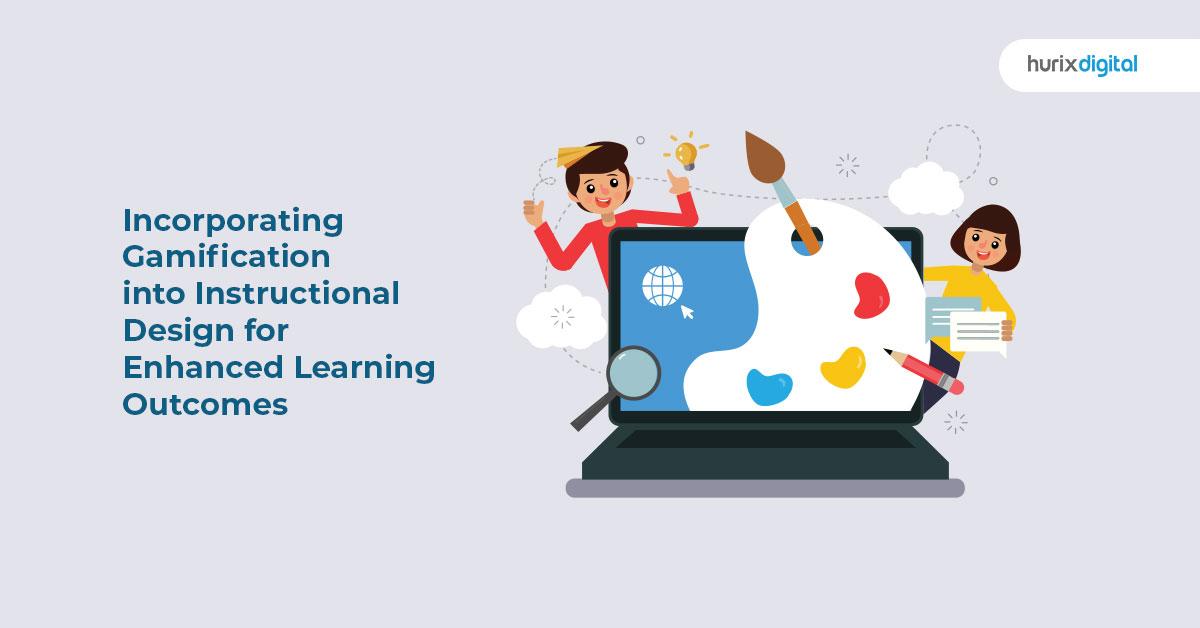How to Successfully Integrate Gamification into Standard Curricula: Boost Engagement in the Classroom
Gamification in education is more than just adding points and badges to classroom activities—it’s a transformative approach that leverages game design elements to make learning more engaging, interactive, and effective. With the right strategies, teachers can successfully integrate gamification into standard curricula, fostering increased student motivation, participation, and retention of knowledge. In this thorough guide, we’ll explore the benefits of gamification in the classroom, actionable steps for integration, practical tips, real-world examples, and insights into overcoming common challenges.
Table of Contents
- Key benefits of Gamifying the Classroom
- How to Integrate Gamification into Standard Curricula
- Practical Tips for Effective Gamification
- Case Studies: Successful Gamification in Action
- Overcoming Challenges in Gamified Learning
- Conclusion: Transforming Education through Gamification
Key Benefits of Gamifying the Classroom
Before diving into implementation,it’s essential to understand the benefits of gamification in education:
-
Enhanced Engagement:
game elements like points,leaderboards,and rewards can motivate students to participate more actively.
-
Improved Retention:
interactive challenges and immediate feedback reinforce understanding and aid long-term memory.
-
Encourages Collaboration:
Team-based games promote interaction, teamwork, and healthy competition.
-
Fosters Growth Mindset:
Leveling up, earning badges, and overcoming challenges help students develop resilience and a love for learning.
-
Personalized Learning Experiance:
Adaptive games can cater to diverse learning speeds and styles.
“Gamification isn’t just about making learning fun; it’s about making learning effective.”
How to Integrate Gamification into Standard Curricula
Integrating gamification into your curriculum doesn’t mean overhauling your entire teaching method. Follow these detailed steps to add meaningful game elements to standard classroom activities:
1. Set Clear Learning Objectives
- Identify learning outcomes and align game mechanics to support these goals.
- Ensure every game element connects directly to your curriculum standards.
2. Choose Appropriate Gamification Elements
- Points and Badges: Reward students for completing tasks, showing effort, or achieving specific competencies.
- Levels & Progress Bars: Visualize progress to motivate continual improvement.
- Leaderboards: Encourage amiable competition, but ensure they’re inclusive and supportive.
- Quests or Challenges: Structure lessons as missions or adventures for increased engagement.
3. Select the Right Tools and Platforms
- Leverage popular gamification platforms like Kahoot!, Classcraft, or Quizizz to bring gamified experiences to your classroom.
- Explore built-in gamification features in your school’s LMS (Learning Management System).
4. Embed game Mechanics into Daily Lessons
- Integrate micro-challenges or mini-competitions within conventional assignments.
- Incorporate real-life simulations or role-playing scenarios tied to curriculum content.
5. Provide Immediate Feedback
- Use instant scoring,feedback,and constructive guidance to help students know where they stand and how they can improve.
6. Encourage Collaboration and Social Interaction
- Create group quests or team-based challenges to foster a sense of community and support among students.
7. Reflect and Iterate
- Collect feedback from students on which gamification strategies worked and what could be improved.
- Refine your approach to keep the experience fresh and meaningful.
Practical Tips for Effective Gamification in Education
Ready to bring gamification to your classroom? Here are some tried-and-tested tips for teachers and educators:
- Start Small: Pilot gamification with one unit or activity before scaling up.
- Keep It Purposeful: Ensure every game element has a clear connection to educational outcomes.
- Foster Intrinsic Motivation: Balance extrinsic rewards with opportunities for meaningful, self-driven achievement.
- Promote Fairness: Level the playing field by recognizing effort, improvement, and collaboration—not just top scores.
- Integrate Reflective Activities: Allow students to discuss what they learned from gamified experiences.
- Stay Flexible: Adapt game mechanics to suit different ages, subject areas, and classroom dynamics.
- Monitor Progress: Track both academic achievement and engagement metrics to assess the effectiveness of your gamification strategy.
Case Studies: Successful Gamification in Action
Case Study 1: Leveling Up Literacy in Elementary Schools
An elementary school in Texas implemented a digital badge system for reading milestones.Students earned badges for finishing books,participating in reading circles,and mastering vocabulary. Over the school year, reading comprehension scores rose by 15%, and reluctant readers became more active in class discussions.
Case Study 2: High School Math—From Boring to Thrilling
A high school math teacher transformed algebra lessons into an “escape room” challenge where students solved equations to unlock virtual doors. Engagement soared, absenteeism dropped, and test scores showed significant improvement compared to previous years.
Case Study 3: University Science and Quest-Based Learning
An undergraduate biology class introduced a semester-long quest where students earned experience points (XP) for completing research assignments, group projects, and online quizzes. Leaderboards displayed progress, and “side quests” granted bonus points for extra credit projects. Surveys revealed higher student satisfaction and greater conceptual understanding.
Overcoming Challenges in Gamified Learning
While gamification offers immense benefits, educators may encounter certain obstacles. here’s how to overcome common challenges:
-
Time Constraints:
- Solution: Start with simple gamified elements and scale as you become more comfortable.
-
Student Resistance or Disinterest:
- Solution: Offer choices in game activities, tailor them to student interests, and seek regular feedback.
-
Equity and Inclusion:
- Solution: Ensure games are accessible to all students and recognize a variety of achievements.
-
Overemphasis on Competition:
- Solution: Focus on personal progress, teamwork, and shared goals alongside healthy competition.
-
Technical Challenges:
- Solution: Utilize user-friendly platforms and provide support for students unfamiliar with new tools.
Conclusion: Transforming Education through Gamification
The successful integration of gamification into standard curricula is revolutionizing classrooms by making instruction more dynamic, enjoyable, and effective. By thoughtfully applying game elements and focusing on student learning outcomes,teachers can create engaging experiences that inspire lifelong learning and academic achievement.
Whether you’re new to gamified education or ready to level up your strategies, remember that the most vital ingredient is passion—your enthusiasm for teaching and innovation will motivate students to embrace challenges and celebrate learning in novel ways. Start small, stay purposeful, and watch your classroom culture transform one game at a time.
Ready to take your classroom engagement to the next level? Try implementing one gamification strategy today!

